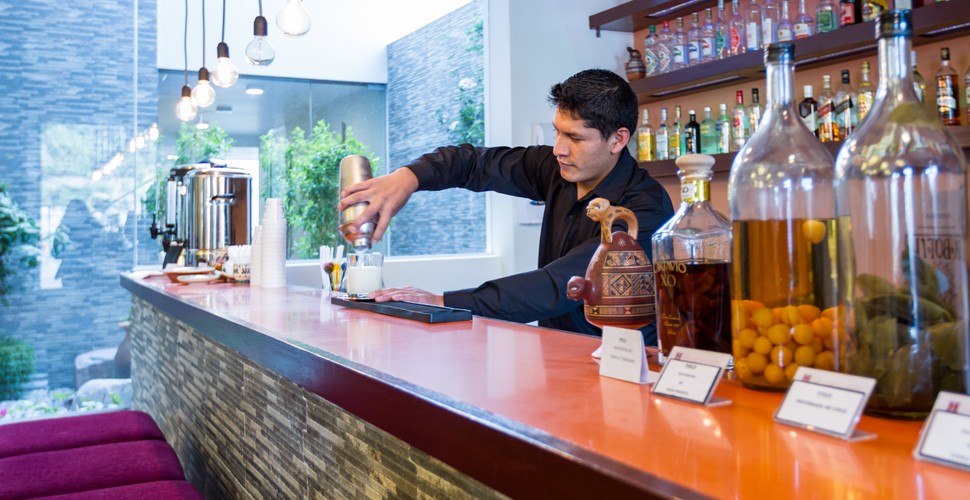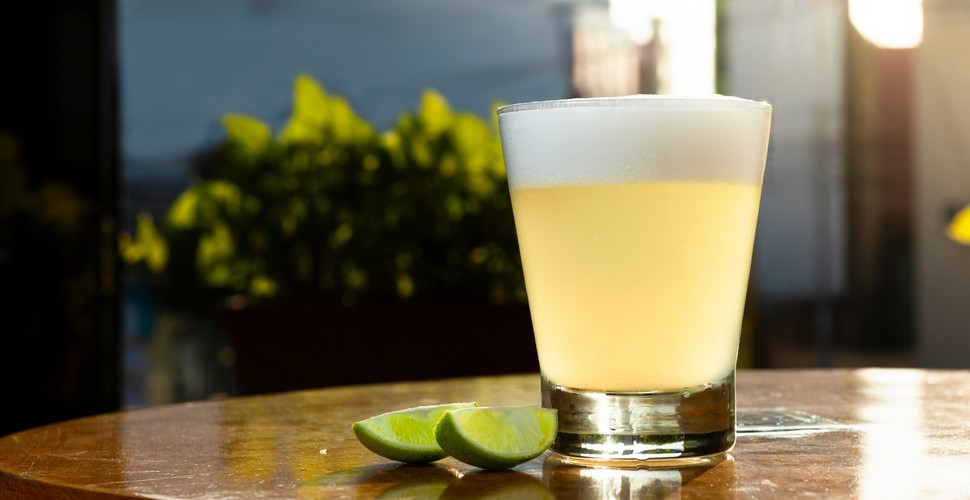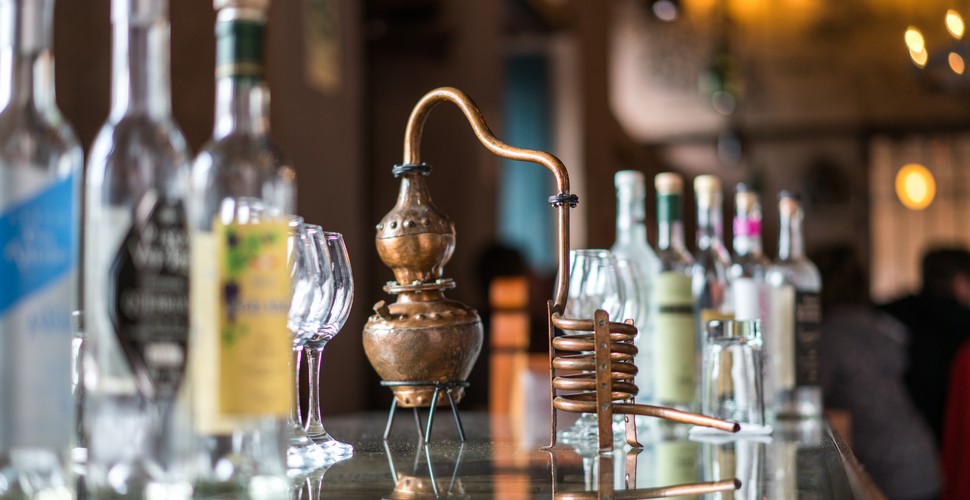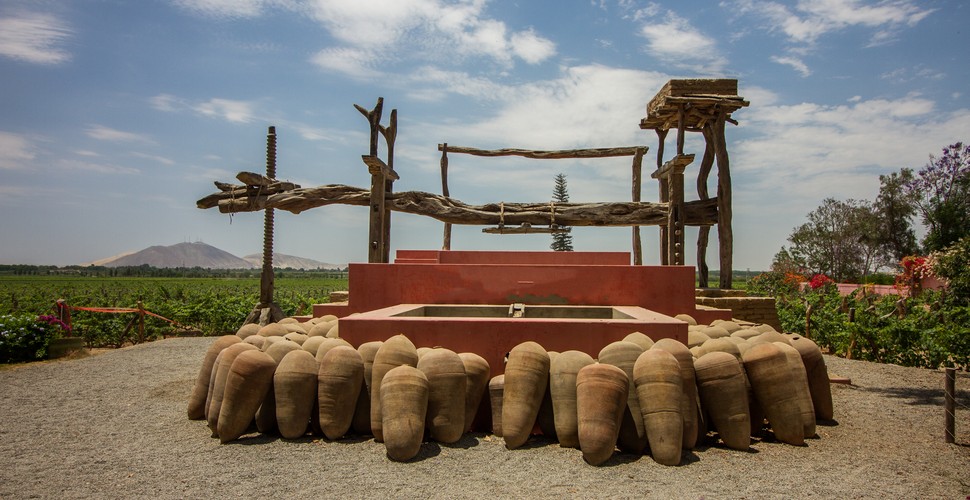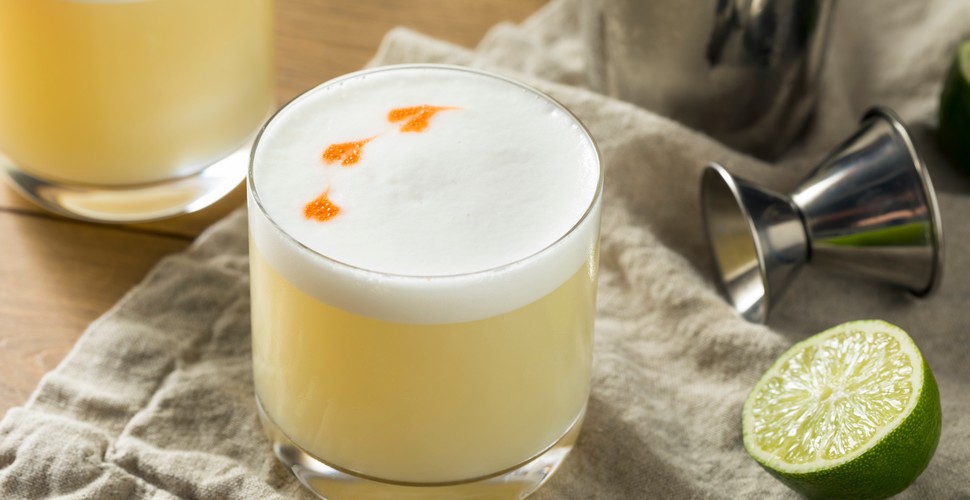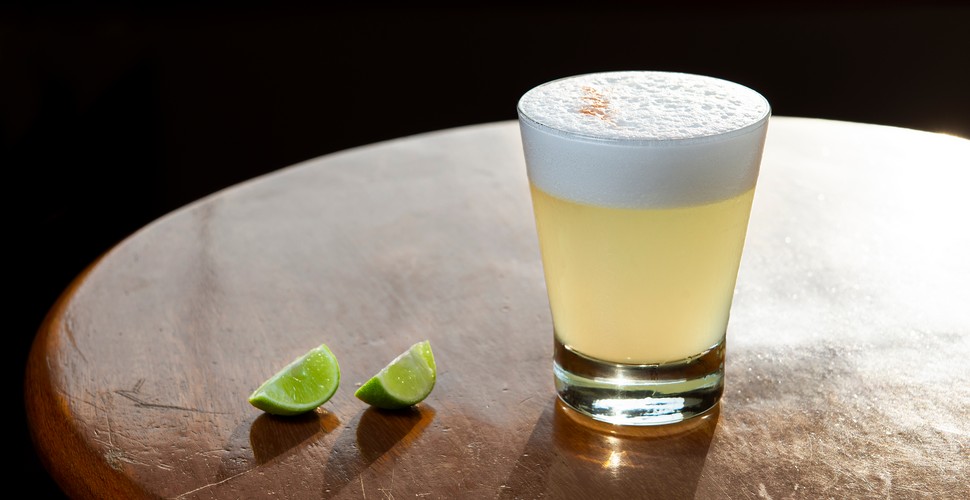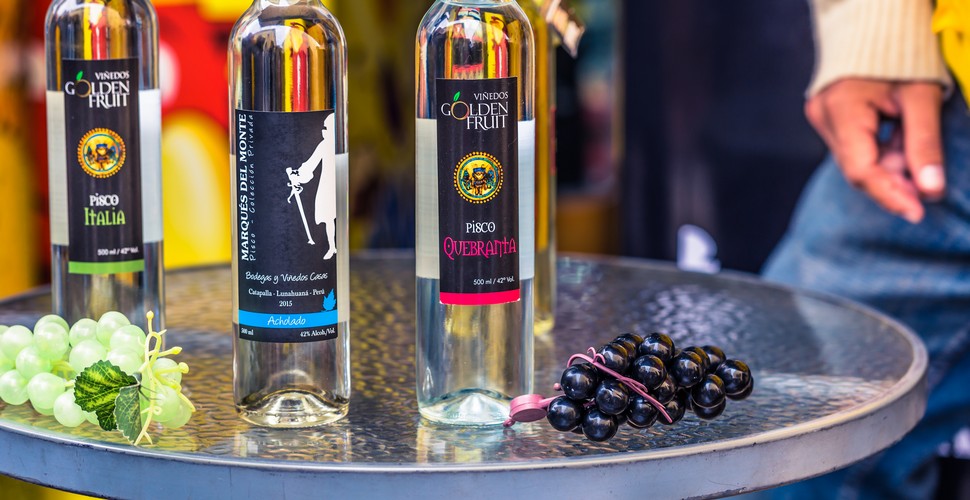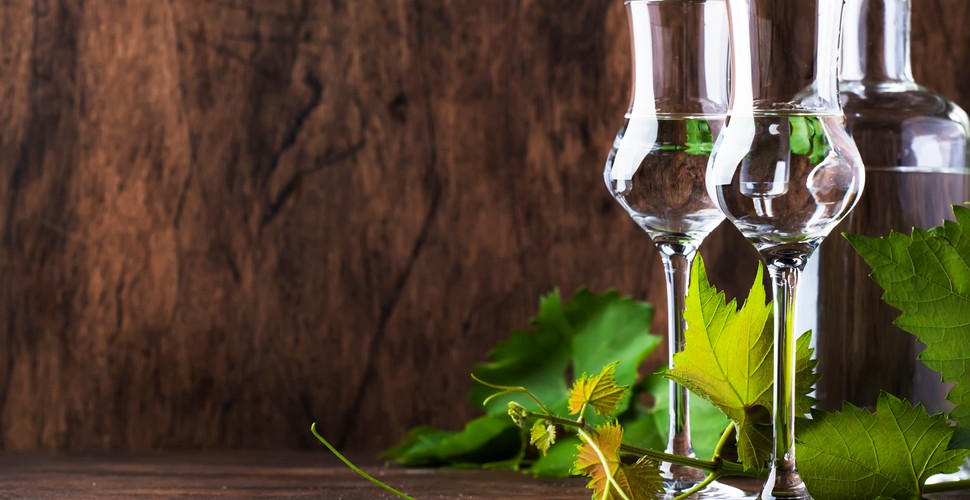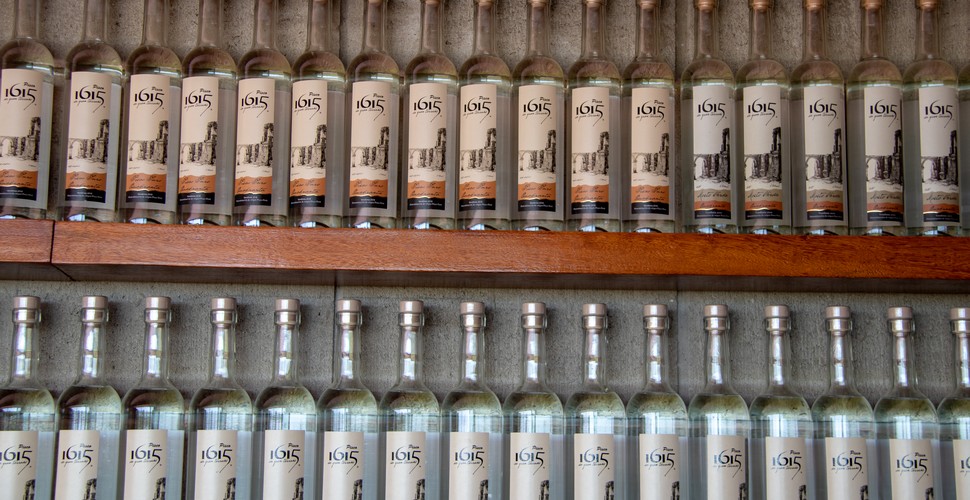
Pisco Sour Making Class
Written by:Valencia Travel
Last Update: 2025-01-18
Peru’s iconic alcoholic drink, the famous Pisco Sour has a taste quite unlike any other. It’s a curious mix of sharp tang and sweet, and its texture changes from cloudlike foam to icy cold in the time it takes for the liquid to break through its wall of raw egg white. It’s as Peruvian as alpacas, Machu Picchu, and ceviche! However, this is a topic fiercely debated, by neighboring Chile, who also claim a right to the frothy cocktail and its high-alcohol base. Many travelers to Peru fall in love with this unique cocktail and sipping on Pisco sours is considered one of the best pastimes on a visit to South America.
Classic Pisco Sour
The History of the Pisco Sour
This Pisco-based cocktail has fairly unclear origins as a number of people claim to have been its original creator. The most accepted tale is that it came into existence in Lima’s popular, wood-paneled Morris Bar back in the early 20th century. In this version of the Pisco Sour´s history, Victor Vaughen Morris, an American who moved to Peru for the mining trade in 1903, opened the Morris Bar and first made the drink as an alternative to the Whiskey Sour. The modern version of the Pisco Sour wasn’t born until the late 1920s when bartender Mario Bruige added Angostura bitters and egg white.
Peruvian Pisco Sour
The Pisco Sour can trace its origins much further back to the creation of the alcohol used in the cocktail, which is the strong, brandy-like liquor, Pisco. Everything began in 1522 when the Royal Ordinance stated: "All ships leaving for the New World must carry grapevines;” that's how grapes arrived in the Americas from Spain. Early accounts of the conquest are testimony to the origin of the vine in Peru. Pedro Cieza de León claimed to have seen vines in Peru in 1547 when he was advancing from the north towards Lima on Pedro de La Gasca's expedition. At the end of the 16th century, Garcilaso de la Vega, in his Royal Commentaries, explains how the Toledan Caravantes sent someone to Spain for vines due to a shortage of wine; and the Jesuit Bernabé Cobo indicated that Lima was the first place vines were planted, giving credit to Hernando de Montenegro for introducing grapes, as he planted the vine and obtained grapes in 1551. Bernabé Cobo, in his History of the New World, also points out that, when he lived in Pisco around 1625, aguardiente was one of the products obtained from the vine.
Antique Pisco Distiller
Wine production, therefore, began in the 16th century. Father Cobo mentions the production of white wine in Nazca. Stating: "In the Nazca valleys they've been treading grapes for a few years now, placing them in sacks, which leaves the wine much purer and clearer and whiter, making each pitcher four coins more expensive." The naturalist Joseph de Acosta, who arrived in Peru in 1572 and stayed for 14 years, describes early wine production in Peru in his Natural and Moral History of the Indies, published in Spain in 1590. According to Acosta, the wine from Peru was "abundant and good"; indicating that the quality responded to the geography and nature of the coast and the use of pre-Hispanic techniques for adequate cultivation.
Ica Winery
Pisco is the name of a port on Peru’s central coast (250 km south of Lima) from which the liquor produced in the valleys of Ica, Pisco, and Chincha was shipped, and it was therefore called "Aguardiente de Pisco". This is where the name of our distillate originates. The town and port of Pisco were recorded on the first map of the South American coast by cartographer Diego Méndez in 1574. Its name was given by Pachacutec in reference to the birds of the area which he called “Piscu”, meaning bird in Quechua. Pisco, as a place name, dates back to the Inca conquest of the coast around 1450. The oldest record of the spirit from Ica and Pisco is in the will of Pedro Manuel, "El Griego", dated April 31, 1613, in Ica and discovered by historian Lorenzo Huertas. Here, Pedro Manuel, states that he had: “thirty jars full of aguardiente, equivalent to one hundred and sixty ‘botijuelas’ (big bottles) of aguardiente, plus a barrel full of aguardiente, equivalent to thirty ‘botijuelas’ of said aguardiente.” Other records of Peru’s aguardiente date from the first third of the 17th century from the notes of Pedro de León Portocarrero, 'The Portuguese Jew', discovered and published by the Argentine historian Boleslao Lewin. In these, he stated: "They make a lot of brandy in Peru and it's very good."
Pisco Sour
Recent History
Despite a series of factors towards the end of the 19th century and at the start of the 20th century that weakened the winemaking industry, it recovered and now Peruvian companies produce Pisco using the most modern technology and equipment, together with high-level specialists in production and marketing. Likewise, Peru has small, artisanal wineries that are renowned for the quality of their Pisco. Today, the famous cocktail even has its own day - Pisco Sour Day is celebrated on the first Saturday of February each year.
Pisco Sour
Ingredients
-
Pisco
Pisco is a grappa-type South American unaged brandy, made with leftover wine grapes, this is the main ingredient for a Pisco Sour.
-
Egg white
Egg white is essential for this cocktail. Egg whites provide very little flavor but offer a creamier texture, making it smooth and silky. It also provides a lovely white topping to the cocktail which can be decorated with orange color bitters.
-
Bitters
Amargo Chuncho Bitters a quintessential and definitive ingredient for classic and contemporary cocktails. Its main use in a Pisco Sour is decoration and to provide an aroma other than egg white to the top of the cocktail.
-
Lime juice
The use of lemons or limes was much debated in the early days due to the confusion that Peruvians call their limes, lemons! Freshly squeezed lime juice is best, it adds a tangy citrus flavor of a Pisco Sour.
-
Sugar syrup
A liquid sugar syrup offers a smoother texture to the pisco sour as opposed to using regular caster sugar.
The Main Types of Pisco
How to Make a Pisco Sour
The Pisco Sour is pretty easy to make. Pour all the ingredients into a shaker, then dry-shake (without ice) for around 10 seconds to generate a decent amount of foam from the egg white. Add ice and shake again to chill the drink, then fine-strain into a glass. A whisky glass is ideal, but many bars serve it in a wine glass or martini glass instead.
Pisco Glasses
Recipe for a Perfect Pisco Sour
- 2 shots Pisco
- 1 shot of fresh lime juice
- 1 shot sugar syrup (2:1 ratio)
- 1/2 an egg white
Pour into a chilled glass, add a few drops of Amargo Chuncho bitters (or Angostura Bitters) on top, and enjoy!
You have to drink through a thick head of foam (if you’ve done it right!) to get to the chilled liquid underneath, and the combination of sweet foam and sour liquid in a Pisco Sour is truly delicious.
1615 Pisco Distillery
On your trip to Peru, why not participate in a pisco Sour making class and learn more about this delectable Peruvian delight? Find out more here!
 Aventure
Aventure
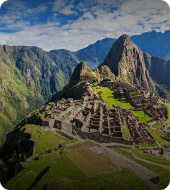 Cultural
Cultural
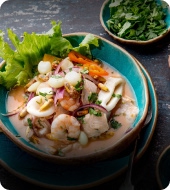 Gastronomy
Gastronomy
 Wellness
Wellness
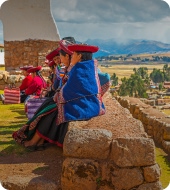 Local Living
Local Living
 Luxury
Luxury
